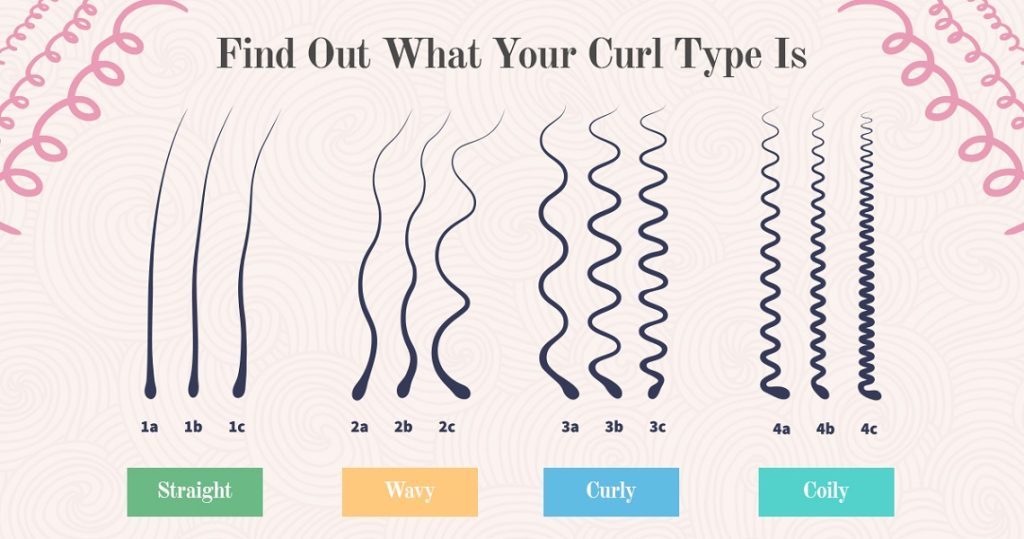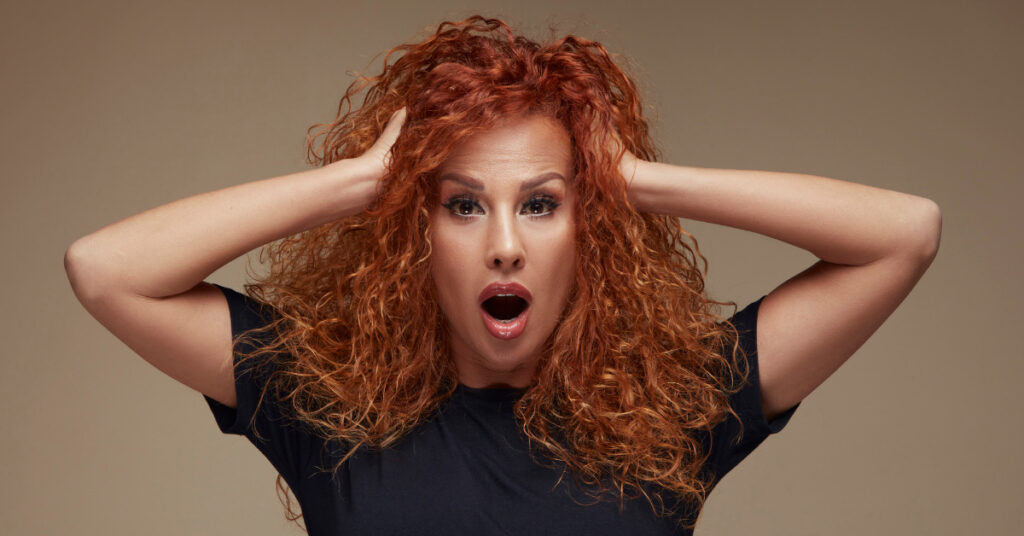Curly hair comes in many sizes, shapes, textures, and colours. Knowing the basic science behind your curls can help you determine the best hair care routine for you and bring out the best in your curls.

There are several factors that can explain the origins of your hair type, such as the shape of your hair follicles, the thickness of your hair, and the chemical bonds.
Regardless of whether you have pin-straight hair or extremely coily hair, your hair type largely depends on the shape of the hair follicle itself.
The Science Behind Your Curly Hair
Keratin is a fibrous protein commonly found in your skin, hair, and nails. This fibrous protein actually makes up 90% of your hair. The curliness of your hair depends on how the keratin binds to your hair shaft. These bindings are called “disulphide bridges.”
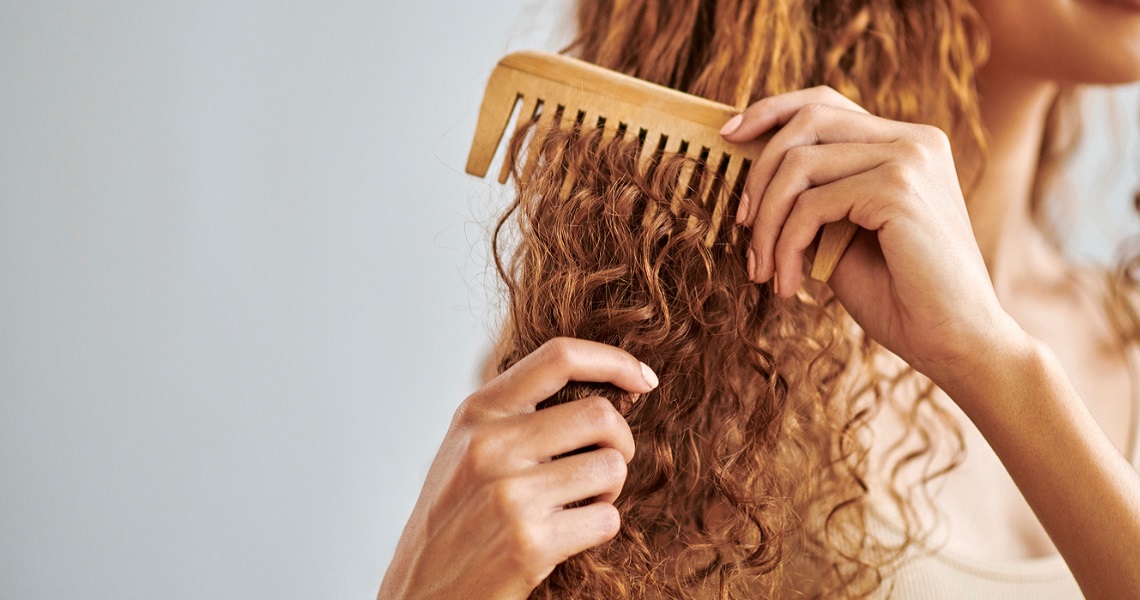
In a straight-haired follicle, keratin is evenly distributed on each stand which helps keep the hair straight.
On the other hand, keratin is not evenly distributed but accumulates more on one side for curly hair, which gives your curls the classic spiral shape.
Additionally, the way your hair follicle grows will determine your hair’s curl pattern. People with straight hair have round hair follicles, while people with wavy and curly hair types have oval and twisted oval follicles.
The thickness of your hair also plays a role in the follicle size. The thicker your hair strands, the larger the area it grows from.
Additionally, the chemical bonds in your hair also affect your curl pattern. Cysteine, a sulfur-containing amino acid, makes up the majority of your hair. For people with naturally straight hair, cysteine groups are spread apart and do not interact.
Meanwhile, people with wavy and curly hair have closer cysteine bonds, creating more tension in their hair fibre and aiding in curl formation.
In summary, a more curved hair follicle results in a more compact cysteine, creating more bonds and producing curlier hair.
Why Does Curly Hair Change Overtime?
For some people, their current hair type may not be the same hair type that they grew up with.Your hair tends to change as you age.

Your curls can become tighter to looser over time, but this is no reason to panic. It’s possible to get your curls back to the way they were. But, in order to do this, it’s important to understand the factors that cause these changes in the first place. Some factors that can cause your curls to
transform are:
-
Health and Hormones
Hormonal fluctuations can influence the structure of your hair follicles. A great example of this is women during pregnancy; some women experience signs of hair loss postpartum, resulting in less curly hair. Menopause can also cause your hair texture to change.
-
Scalp Condition
Your scalp determines the overall condition of your hair. An unhealthy scalp can result in less bouncy curls, while having a healthy scalp can help in making your curls look more lively and resilient.
You can maintain your scalp’s condition by ensuring that it has enough moisture to saturate and hydrate your hair. However, too much moisture can also be harmful. It’s recommended that you deep condition at least once a week to hydrate and maintain your scalp’s moisture balance.
-
Diet and Nutrition
Your diet can also influence the condition of your curl patterns. Since hair is mostly made of protein, a low-nutrient diet can cause your hair to become brittle and dull. Eating meals rich in iron and omega-3 fatty acids can help in making your hair stronger and well-moisturized.
Hair is mostly made of protein. If your diet is low in this vital nutrient, your strands can look dull and break easily, causing split ends (which could make your curls look frizzier). Iron helps deliver oxygen to the hair shaft, keeping it healthy and strong.
-
Humidity and Climate
Humidity can also affect the condition of your curly hair as the air’s moisture causes hair to swell, which results in frizzy and rough hair.
When humidity levels are high, hair tends to absorb moisture, which can cause your hair shaft to expand, resulting in frizzy hair and unruly curls.
On the other hand, hair tends to lose a significant amount of moisture when humidity is low. This lack of moisture may cause your curls to lose definition and can also lead to breakage and tangling. Additionally, this can also result in flat hair, reducing your curl’s volume and bounce.
-
Damage
Overprocessing and excessive styling can cause serious damage to your curls, leading to breakage, dryness, and loss of curl pattern.
Ignoring the signs of damage and delaying treatment can permanently impact the health of your curls, as damage can make your hair more porous, making it more difficult for your hair to retain moisture over time. This can compromise the integrity of your hair and significantly compromise your curl pattern.
Regular maintenance is essential to avoid this. Hair care experts would also recommend the use of gentle cleansers and deep conditioners and avoiding excessive heat.
How to Restore and Maintain Your Curl Pattern
Caring for your curls takes trial and error, as there are a lot of factors to consider beyond your curl type.
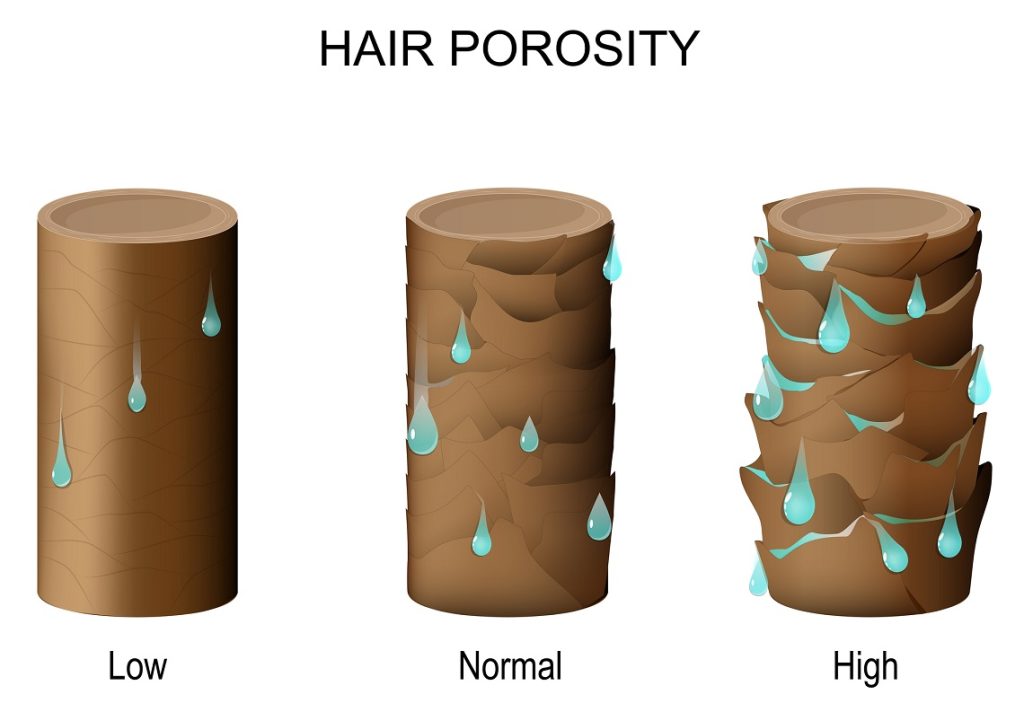
Determine If You Have High or Low Porosity
Your hair’s porosity can help you assess what products and treatments to use for your hair. If you have higher porosity, this means that your hair absorbs water faster but does not hang onto moisture that easily.
Protein treatments are recommended for people with high-porosity hair as they strengthen and moisturize each hair follicle, giving your curls more definition.
On the other hand, low-porosity hair does not absorb water well, but once it does, it can retain water relatively well. If you have low-porosity hair, avoiding products with excess protein and using warm water when showering is best.
Have a Dedicated Scalp Routine
As mentioned earlier, your scalp determines the overall health of your hair. This is why having a dedicated scalp routine is important. The general rule of thumb is to avoid shampooing your hair every day. However, you might also develop dandruff if you go without shampoo for too long.
To balance this out, apply an anti-dandruff shampoo strictly on your scalp and let it sit for 2-10 minutes. Rinse your hair, then use a moisturizing shampoo for the rest of your head. Do this once or thrice a week, depending on the condition of your scalp.
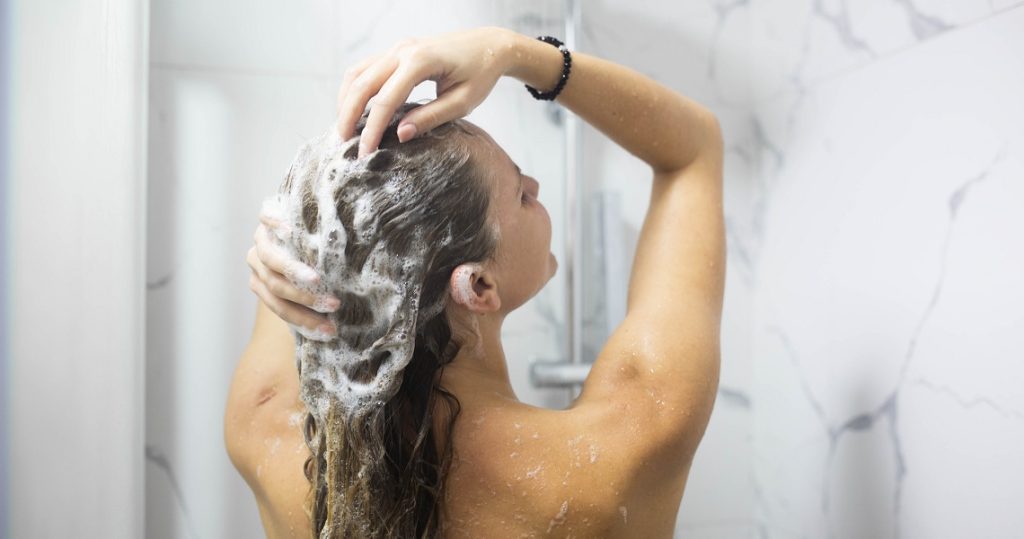
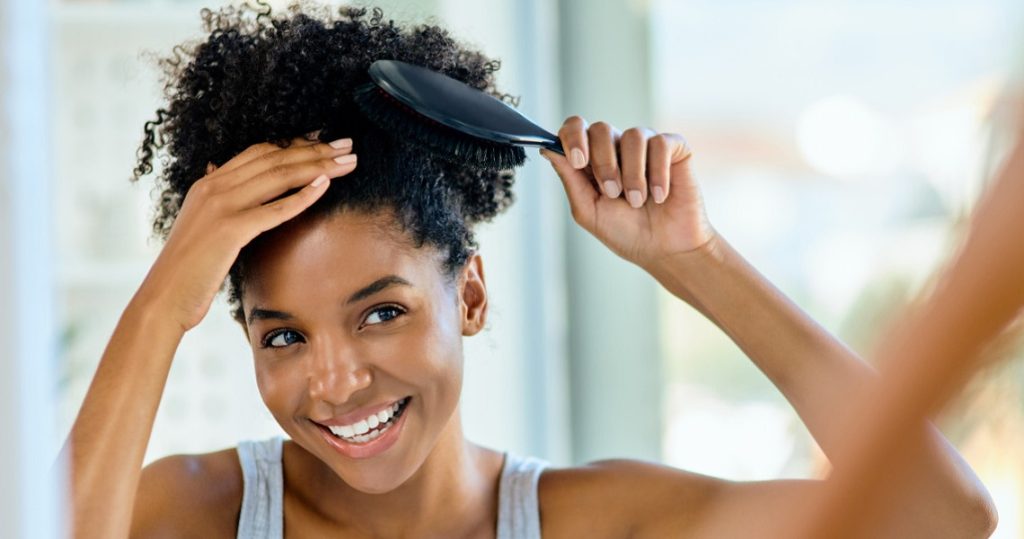
Regularly Detangle Your Curls
Detangling your curls may seem like a hassle, but it’s important to regularly detangle your hair to avoid breakage, as curly hair easily gets knotted.
Make sure to detangle your hair while it’s wet with a wide-toothed comb or brush designed for curly/coily hair in between washes. It’s recommended that you apply a leave-in conditioner and work in sections to make it easier for your hair.
Do not brush your hair while it’s completely dry, as this can result in frizzy hair and cause breakage.
Apply Heat and Sun Protection Cream on Your Hair
Yes, just like your skin, your hair needs to be protected from the sun’s harmful ultraviolet rays as well. Avoid going out in peak sun hours (10 a.m. and 4 p.m.) if you don’t have an umbrella, a hat, or U.V. protective hair products on hand.
If you’re not a fan of wearing hats, there are affordable UV-protective hair products like leave-in sprays or creams that are designed to protect your hair from the sun. It’s important not to skip using a heat protectant spray as well when styling your hair with heat to avoid damage.
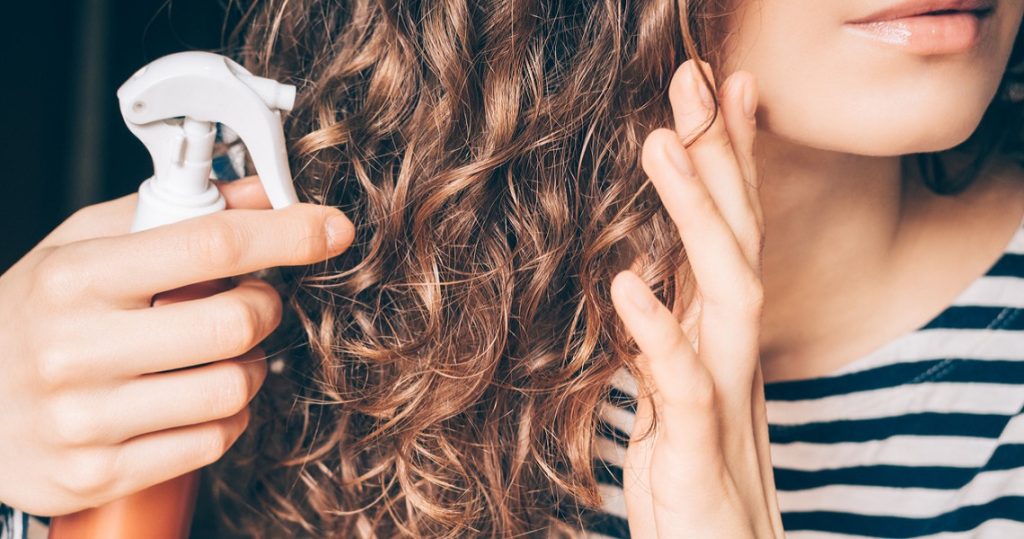
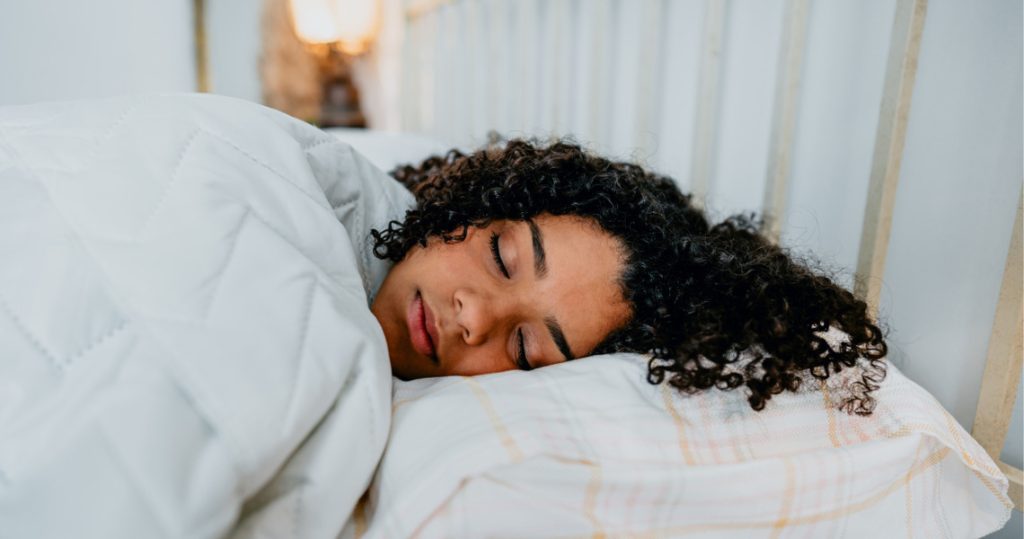
Take Care of Your Hair Before You Sleep
Sleeping without prepping your hair properly can also significantly damage your hair over time as you twist and turn on your bed without realizing how the friction is affecting your curls!
It’s recommended that you detangle your hair before hopping onto the bed and use a silk or satin pillowcase to reduce friction. For additional protection, you can also opt for a silk or satin scarf to wrap around your hair before bedtime. Some people would put their hair in a loose ponytail, known as a “pineapple,” to preserve their shape.
What Makes Your Curly Hair Unique
According to a recent research article published in the Proceenaldings of the Natio Academy of Sciences, tightly curled hair enables your alp to breathe better while also shielding it from the damaging effects of the sun’s rays.
In this experiment, researchers conducted tests with mannequins heated to the average body temperature of 95 degrees Fahrenheit. It was then put inside a climate-controlled chamber within a wind tunnel to help scientists determine the amount of heat transferred between the mannequin’s skin and the surrounding environment.
Three wigs with different curl patterns, one straight, one moderately curly, and one tightly curled, were sourced from China. The wigs are made from real black human hair.
The experiment showed that the scalp’s heat dynamics vary with hair texture, and it was revealed that tightly curled hair offers a better defence against sun exposure compared to other hair types.
Additionally, the researchers also found that curlier hair has less sweat evaporation for cooling the scalp, saving water and energy. They then concluded that curly hair may have enabled our ancestors to do hard physical work for longer periods without requiring immediate hydration.

Take Care of Your Curls, and Your Curls Will Take Care of You!
Your hair is more than just an accessory on your head; it’s a result of years of evolution!
Regardless of your hair’s texture, it serves as a barrier to regulate heat loss from your body.
Having tightly curled hair enables your scalp to breathe better while providing ample sun protection to your scalp.
Don’t be discouraged from taking care of your rich, precious locks! Your hair serves a purpose beyond aesthetics; take care of your curls, and your curls will take care of you! (and Science proves this).
